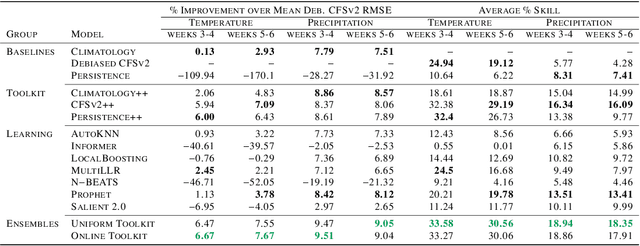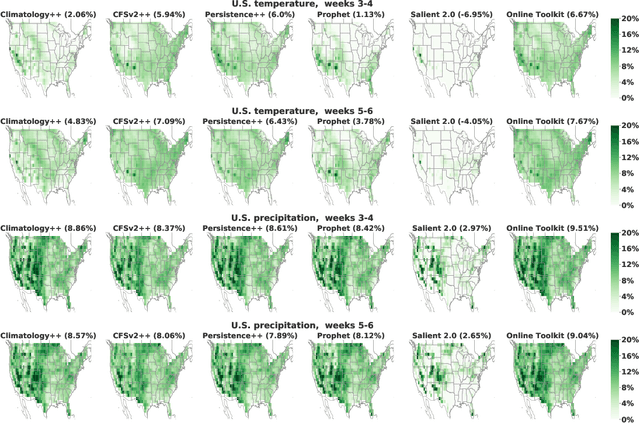Sean Knight
Spatiotemporal Patterns in Neurobiology: An Overview for Future Artificial Intelligence
Apr 14, 2022Abstract:In recent years, there has been increasing interest in developing models and tools to address the complex patterns of connectivity found in brain tissue. Specifically, this is due to a need to understand how emergent properties emerge from these network structures at multiple spatiotemporal scales. We argue that computational models are key tools for elucidating the possible functionalities that can emerge from interactions of heterogeneous neurons connected by complex networks on multi-scale temporal and spatial domains. Here we review several classes of models including spiking neurons, integrate and fire neurons with short term plasticity (STP), conductance based integrate-and-fire models with STP, and population density neural field (PDNF) models using simple examples with emphasis on neuroscience applications while also providing some potential future research directions for AI. These computational approaches allow us to explore the impact of changing underlying mechanisms on resulting network function both experimentally as well as theoretically. Thus we hope these studies will inform future developments in artificial intelligence algorithms as well as help validate our understanding of brain processes based on experiments in animals or humans.
Learned Benchmarks for Subseasonal Forecasting
Sep 21, 2021



Abstract:We develop a subseasonal forecasting toolkit of simple learned benchmark models that outperform both operational practice and state-of-the-art machine learning and deep learning methods. Our new models include (a) Climatology++, an adaptive alternative to climatology that, for precipitation, is 9% more accurate and 250% more skillful than the United States operational Climate Forecasting System (CFSv2); (b) CFSv2++, a learned CFSv2 correction that improves temperature and precipitation accuracy by 7-8% and skill by 50-275%; and (c) Persistence++, an augmented persistence model that combines CFSv2 forecasts with lagged measurements to improve temperature and precipitation accuracy by 6-9% and skill by 40-130%. Across the contiguous U.S., our Climatology++, CFSv2++, and Persistence++ toolkit consistently outperforms standard meteorological baselines, state-of-the-art machine and deep learning methods, and the European Centre for Medium-Range Weather Forecasts ensemble. Overall, we find that augmenting traditional forecasting approaches with learned enhancements yields an effective and computationally inexpensive strategy for building the next generation of subseasonal forecasting benchmarks.
 Add to Chrome
Add to Chrome Add to Firefox
Add to Firefox Add to Edge
Add to Edge